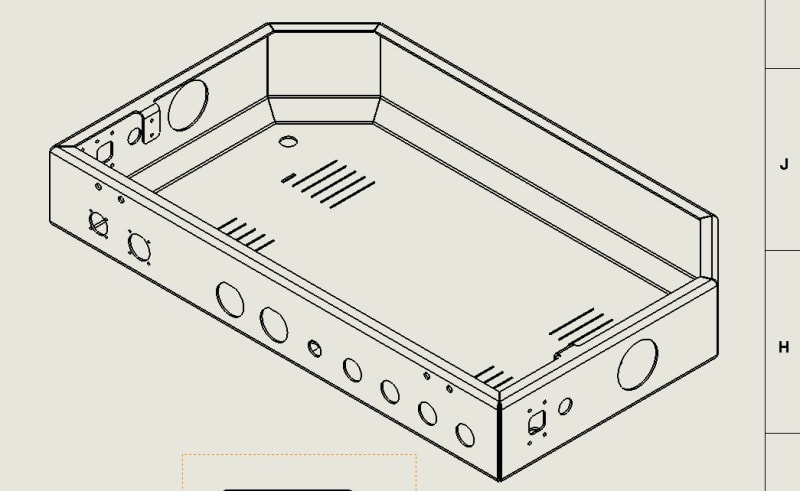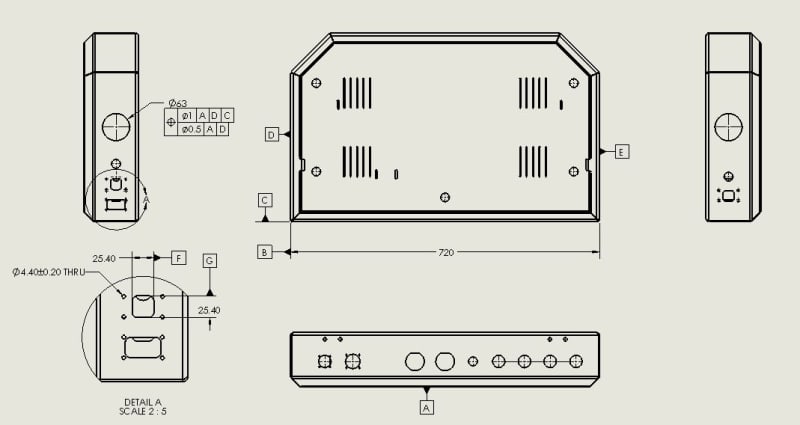nmine
Mechanical
- Jul 7, 2023
- 15
I have a large sheet metal enclosure base that has lots of panel mount connector holes. How do you go about applying GDT when one datum setup will not work for all of the different cutouts (for example bolt pattern around a larger connector cutout or a hole being perpendicular to a surface that is not a datum)? It would be a laser and bent part and it seems that relaying everything back to one datum setup would be hard to manage...Any advice?



